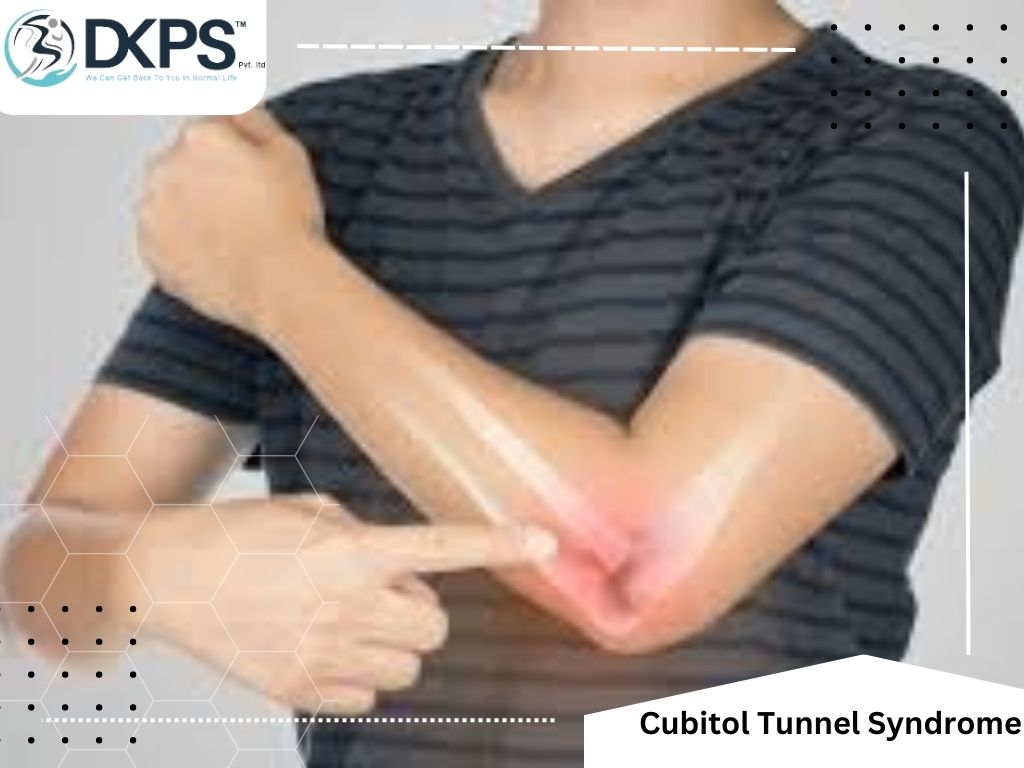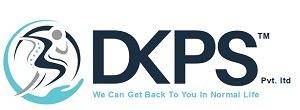- Home
- About Us
- DKPS Dealing
- BLOG
- Delhi NCR
- Delhi
- Physiotherapy at Home Near Me | Physiotherapist in South Delhi
- Best Chiropractor in Delhi
- Physiotherapist in Delhi
- Cupping Therapy in Delhi
- Home Nursing Services in Delhi
- Needle Therapy for Back Pain
- Sports Injury Physiotherapy
- Best Physiotherapist Visit at Home in Rohini Sector 24
- Physiotherapy at Home In Rohini Sector 9 |
- Physiotherapist in Pitampura | Physiotherapy at Home in Pitampura
- Physiotherapy at home in Rohini sector 29
- Physiotherapist in Paschim Vihar
- Physio home visit | Home Visit Physiotherapy |
- Physiotherapist in Saket | Best Physiotherapist in Saket |
- Physiotherapist In Janakpuri | Best Physiotherapist in Janakpuri |
- Best Physiotherapist in Punjabi Bagh | Punjabi Bagh Physiotherapist |
- Best Physiotherapist Service at Home in Dwarka, Delhi
- Best Physiotherapist in Chandigarh at Home Visit
- Faridabad
- Gurugram
- Noida
- Best Physiotherapy Gorakhpur
- Best Physiotherapist in Lucknow | Physiotherapist in Lucknow near me |
- Delhi
- Mumbai
- Delhi NCR
- Department
- Doctors
- Gallery
- Packages
- Contact Us
- Home
- About Us
- DKPS Dealing
- BLOG
- Delhi NCR
- Delhi
- Physiotherapy at Home Near Me | Physiotherapist in South Delhi
- Best Chiropractor in Delhi
- Physiotherapist in Delhi
- Cupping Therapy in Delhi
- Home Nursing Services in Delhi
- Needle Therapy for Back Pain
- Sports Injury Physiotherapy
- Best Physiotherapist Visit at Home in Rohini Sector 24
- Physiotherapy at Home In Rohini Sector 9 |
- Physiotherapist in Pitampura | Physiotherapy at Home in Pitampura
- Physiotherapy at home in Rohini sector 29
- Physiotherapist in Paschim Vihar
- Physio home visit | Home Visit Physiotherapy |
- Physiotherapist in Saket | Best Physiotherapist in Saket |
- Physiotherapist In Janakpuri | Best Physiotherapist in Janakpuri |
- Best Physiotherapist in Punjabi Bagh | Punjabi Bagh Physiotherapist |
- Best Physiotherapist Service at Home in Dwarka, Delhi
- Best Physiotherapist in Chandigarh at Home Visit
- Faridabad
- Gurugram
- Noida
- Best Physiotherapy Gorakhpur
- Best Physiotherapist in Lucknow | Physiotherapist in Lucknow near me |
- Delhi
- Mumbai
- Delhi NCR
- Department
- Doctors
- Gallery
- Packages
- Contact Us
Cubital Tunnel Syndrome
- Home
- Cubital Tunnel Syndrome

Cubitol Tunnel Syndrome
Cubital Tunnel Syndrome, also known as ulnar neuropathy, is a condition in which the ulnar nerve in the elbow becomes compressed or irritated. The ulnar nerve runs from the neck down to the fingers and is responsible for sensation and movement in the forearm and hand. When this nerve becomes compressed or irritated, it can cause a range of symptoms, including numbness, tingling, and weakness in the hand and arm. In this article, we will discuss the causes, symptoms, and treatments for cubital tunnel syndrome, with a focus on how physiotherapy can be helpful, and provide some exercises to help manage the condition.
Causes of Cubital Tunnel Syndrome
Cubital Tunnel Syndrome can be caused by a variety of factors, including:
Repetitive motions: Repetitive motions, such as typing, playing an instrument, or using tools that require a lot of wrist and elbow movements, can lead to inflammation and irritation of the ulnar nerve.
Trauma: Trauma to the elbow, such as a fracture or dislocation, can cause the ulnar nerve to become compressed or injured.
Arthritis: Arthritis can cause swelling and inflammation of the elbow joint, which can compress the ulnar nerve.
Anatomy: Some people are born with a narrower cubital tunnel, which can increase the risk of nerve compression.
Symptoms of Cubital Tunnel Syndrome
The symptoms of Cubital Tunnel Syndrome can vary depending on the severity of the condition. Common symptoms include:
Numbness or tingling in the ring and little fingers
Weakness in the hand and fingers
Pain in the elbow or forearm
Difficulty gripping or holding objects
Loss of coordination in the hand
Physiotherapy Treatment for Cubital Tunnel Syndrome
Physiotherapy can be an effective treatment for Cubital Tunnel Syndrome. The goals of physiotherapy are to reduce pain and inflammation, improve range of motion and strength, and prevent further injury. A physiotherapist will perform a thorough assessment of the patient’s condition and develop an individualized treatment plan based on their specific needs.
Some of the techniques that a physiotherapist may use to treat Cubital Tunnel Syndrome include:
Manual therapy: Manual therapy techniques, such as soft tissue massage, joint mobilization, and stretching, can help reduce inflammation and improve the range of motion in the affected area.
Nerve gliding exercises: Nerve gliding exercises can help to mobilize the ulnar nerve and reduce compression. The exercises involve gently moving the arm and hand in specific directions to promote the sliding of the nerve within the cubital tunnel.
Wrist Flexor Stretch: Extend your arm in front of you with your palm facing down. Use your other hand to gently bend your wrist towards your forearm until you feel a stretch. Hold for 30 seconds, and then repeat on the other side.
Wrist Extension Stretch: Extend your arm in front of you with your palm facing up. Use your other hand to gently bend your wrist towards your forearm until you feel a stretch. Hold for 30 seconds, and then repeat on the other side.
Forearm Pronation and Supination: Sit with your elbow resting on a table and your forearm extended in front of you, palm facing down. Rotate your forearm so that your palm faces up, and then rotate it back so that your palm faces down. Repeat 10 times, and then switch to the other arm.
Grip Strengthening: Squeeze a softball or towel in your hand, and then release. Repeat 10 times, and then switch to the other hand.
It is important to consult a physiotherapist or healthcare professional before attempting these exercises to ensure they are appropriate for your specific condition and to prevent further injury.
In conclusion, Cubital Tunnel Syndrome can cause a range of symptoms, including numbness, tingling, and weakness in the hand and arm. Physiotherapy can be an effective treatment for managing the condition, with techniques such as manual therapy, nerve gliding exercises, strengthening exercises, posture correction, and taping or bracing. In addition, exercises such as ulnar nerve glides, wrist flexor and extension stretches, forearm pronation and supination, and grip strengthening can help manage symptoms and improve function. It is important to seek professional guidance and support when managing Cubital Tunnel Syndrome to ensure the best possible outcome.
Physiotherapy can also involve the use of modalities such as ultrasound, electrical stimulation, and cold or heat therapy to help manage pain and inflammation. Ultrasound uses high-frequency sound waves to stimulate healing and reduce pain and inflammation in the affected area. Electrical stimulation can also be used to improve blood flow and reduce pain by targeting specific nerves and muscles.
Cold or heat therapy can also be beneficial in managing symptoms of Cubital Tunnel Syndrome. Cold therapy, such as ice packs or cold compresses, can help reduce inflammation and swelling. Heat therapy, such as warm towels or a heating pad, can help improve blood flow and promote healing.
In addition to physiotherapy, lifestyle changes can also help manage symptoms of Cubital Tunnel Syndrome. This can include modifying activities that aggravate the condition, such as repetitive wrist or elbow movements, and taking frequent breaks to rest and stretch. Proper ergonomics can also be helpful in reducing the risk of developing Cubital Tunnel Syndrome, such as adjusting the height of your desk or chair to ensure proper alignment of your wrist and elbow.
In some cases, surgery may be necessary to treat severe or persistent cases of Cubital Tunnel Syndrome. This can involve releasing the compressed nerve, relocating the nerve to a different location, or removing a portion of the elbow bone to reduce pressure on the nerve. Physiotherapy can also be helpful in the post-surgical recovery process to improve strength, range of motion, and function.
In conclusion, Cubital Tunnel Syndrome can be a challenging and uncomfortable condition, but physiotherapy can be an effective treatment option for managing symptoms and improving function. Through a combination of manual therapy, nerve gliding exercises, strengthening exercises, posture correction, and modalities such as ultrasound and electrical stimulation, physiotherapy can help reduce pain and inflammation, improve nerve function, and promote healing. It is important to work closely with a healthcare professional or physiotherapist to develop an individualized treatment plan that is tailored to your specific needs and condition.
How Drsinghphysiocare Can Help You:-
Drsinghphysiocare.com has very experienced physiotherapists well-versed in modern manual techniques and rehabilitation protocols. Moving patients from one place to another is complicated and can even increase the damage. Drsinghphysiocare.com offers physiotherapists home visits to rehabilitate patients in the comfort of their homes. Regular home physiotherapy by our physiotherapist helps patients actively and vigorously return to independence.
Senior physicians select our talented and experienced physiotherapists after they meet our strict recruitment standards. As a result of our higher standards and quality of service, many patients have recovered from the comfort of their homes and saved their valuable time and money.
For More Article-
Physiotherapy/ Chiropractor/Cupping therapy/Dry Needling therapy services available in –
Check Professionals details at location wise
